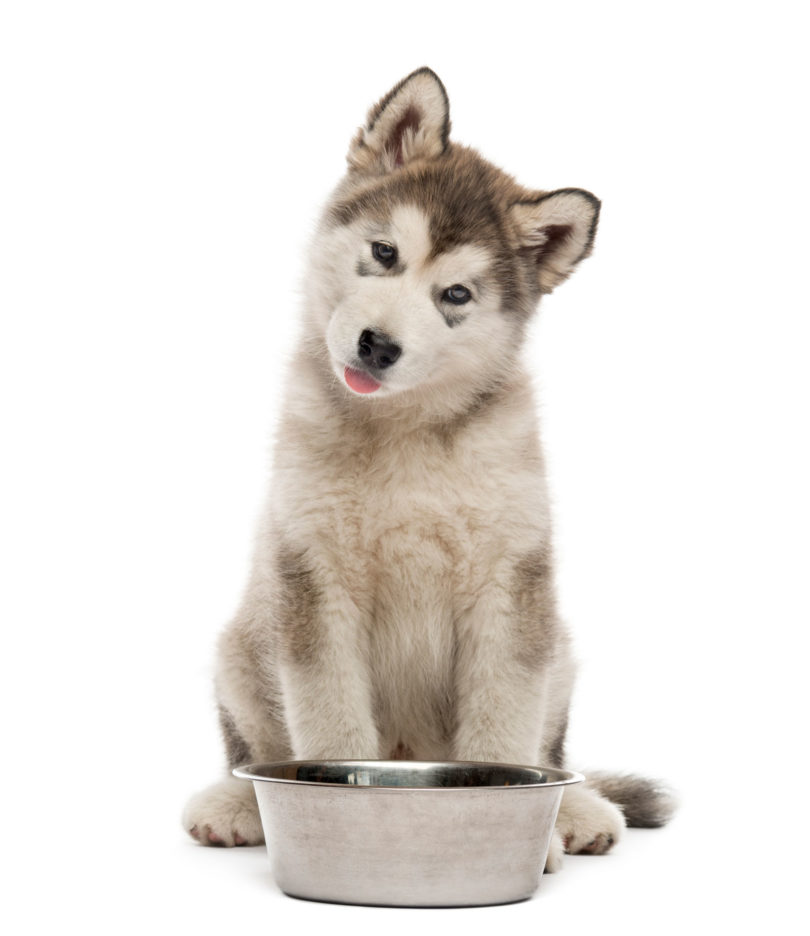You wouldn’t feed your kid spoiled meat, would you? What about roadkill, slaughterhouse waste or euthanized pets? Outrageous, right? Many of us consider our pets our fur babies. Is it reasonable to feed waste products to our beloved cats and dogs? Absolutely not.
The unfortunate truth is, that may be exactly what they are eating.
One of the biggest challenges facing pet parents today when purchasing pet food is misleading marketing, says Amanda Wilbourne, owner of the Nautical Dog, a pet food and gift store in Williamsburg, Va. Pet parents seldom have enough time to thoroughly research every product.
Wilbourne’s research on what to feed her own dogs led her to only stock foods made with high-quality ingredients by manufacturers who are transparent about their sources. The truth is, the pet manufacturing business has frequently come under fire for its transparency, or lack thereof. Some corporations have been accused of using cheap ingredients or processes, yet they’re not legally required to disclose information that is considered proprietary.
Does this mean you should switch your pets to an “expensive” food? It’s a concern Wilbourne hears often. Pet parents often come to her for advice about the nutritional needs of their pet, some of whom suffer from illnesses that may have been prevented through proper nutrition. Unfortunately, sometimes they’re too late for a nutritional change to make a difference.
“You are going to spend [the money] one way or another,” Wilbourne says. “You are going to spend it on good quality food and keeping your pet healthy, or you are going to spend it on vet bills. You choose.”
Her advice? “Do your research. Find out what’s really in the food you buy — and buy the best you can.” If the ingredients are good quality, your pet will benefit.
Here are some basic do’s and don’ts to help identify nutritious, high-quality foods and spot imposters:
Do Research Find your pet’s food ingredients list. Many manufacturers use inexpensive ingredients. The Dog Food Advisor (dogfoodadvisor.com) is one online site that can be a helpful starting point, listing and explaining each ingredient, plus its biological values and quality.
Do Evaluate the ingredients Look for high-quality proteins as at least the first three or more ingredients. In order: a named animal is best as the primary protein source, such as beef, chicken, salmon, venison, etc.; next, specific animal meals are appropriate protein choices as these are meat concentrates; then, high-quality plant-based proteins (such as whole green peas or red lentils) are acceptable.
Do Watch for vague terms – such as animal by-products, animal meal, animal fat, meat by-products or meat meal. These do not specify the animal and are code for slaughterhouse waste and accompanying garbage. Nestlé, which manufactures Purina and Alpo, says generic animal meal means either pig or beef, or chicken or beef. What would happen if your dog or cat is allergic to one of the meats used?
Do Avoid fillers such as corn gluten, corn meal, wheat gluten or wheat by-products, especially when high on the list of ingredients. While they may contain some protein, these plant-based grains are of very little value to your pets and difficult for both dogs and cats to digest. Because cats are true carnivores, you should be especially vigilant about avoiding carbs in their food and treats.
Do the math How much are you feeding your pet? Consider this: Kibbles and Bits, a well-known brand, calls for four cups of food a day for a 60-pound adult dog, whereas Verus, which is more expensive, only calls for two cups.
Don’t Fall for slick advertising methods or celebrity endorsements meant to appeal to the human brain, not the pet’s needs: pictures of hunks of beef or tuna or of happy, frolicking pets say nothing about the quality of the food.
Don’t Be fooled by jargon like “all natural,” “completely nutritious” and “cats love it!” It’s all about the ingredients and source.
Don’t Purchase food solely because a friend, relative, breeder or vet recommends it. What is good for one animal may not be good for another.
Don’t Adhere to brand loyalty Just because a dog food was top of the line 30 years ago does not mean the same is true today.
Don’t Skimp on your pet’s nutrition. They depend on you as their guardian to do what is in their best interests. That includes providing quality food for a long and healthy life.


